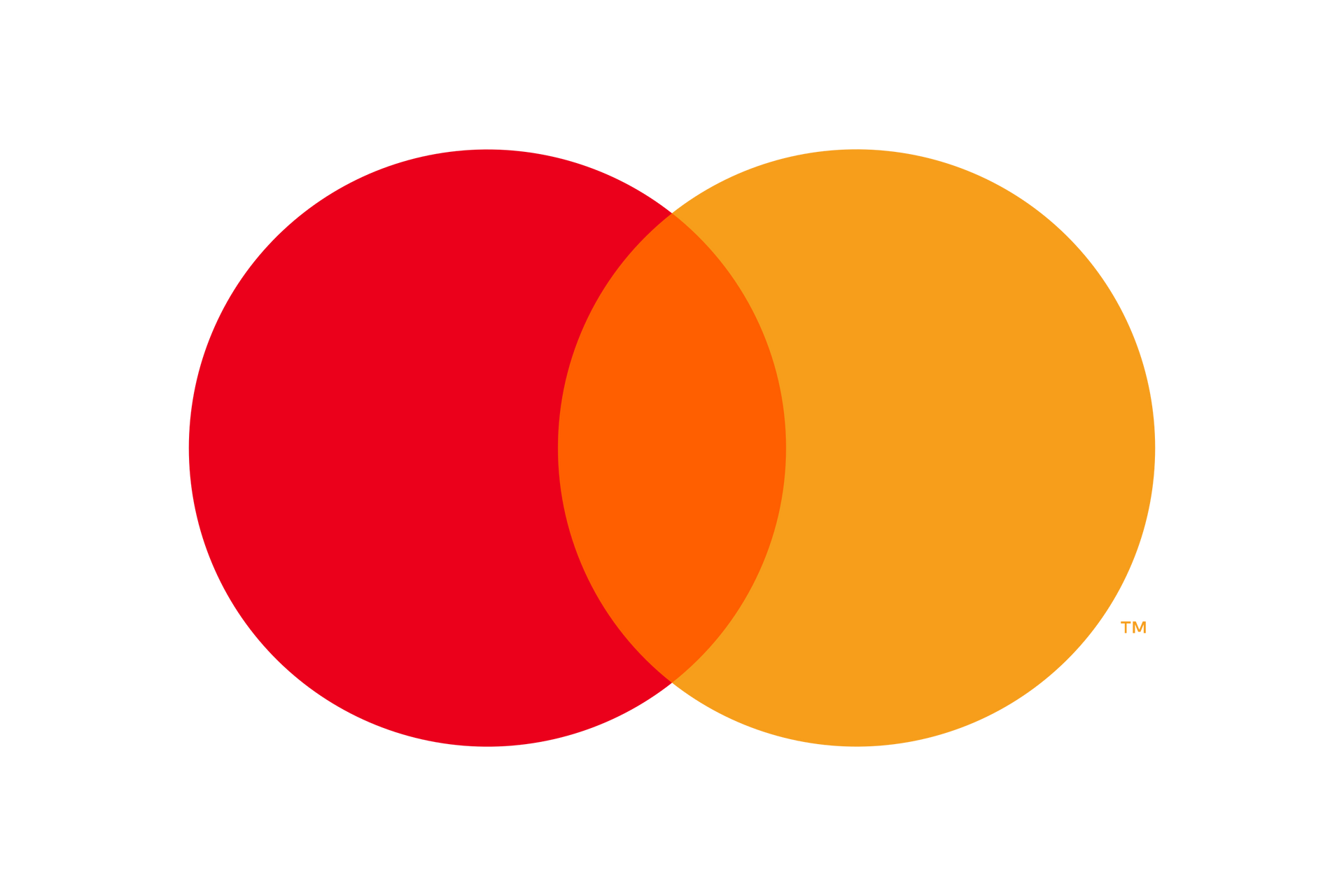Australia
Australia: A Land of Boundless Horizons, Breathtaking Beauty, and Bold Adventures
Embarking upon the vast expanse of Australia is to set foot on a continent where nature's grandeur unfolds in unparalleled splendour. From the iconic, rust-red expanses of Uluru in the heart of the Outback to the pristine, cerulean waves that crash along the Great Ocean Road, Australia is a symphony of contrasting landscapes. Here, the ancient rainforests of Queensland, alive with a cacophony of bird songs, stand sentinel near the world-renowned Great Barrier Reef, where an underwater mosaic of marine life awaits the intrepid explorer.
Yet, Australia is more than just its natural wonders. It's in the laid-back charm of its coastal cities, from the bustling harbours of Sydney with its emblematic Opera House to the bohemian rhapsody of Melbourne's laneways. Venture further and you might find yourself sipping world-class wines in the vineyards of Barossa Valley or mingling with locals at a sun-soaked barbecue in Perth. The Aussie spirit, warm and welcoming, is epitomised in every 'G'day' you'll hear, making every traveller feel right at home. So, slap on some sunscreen, perfect your 'no worries' attitude, and dive into Australia's boundless adventures. Whether you're surfing the waves, trekking through the bush, or simply watching a golden sunset, Australia promises a journey that's as diverse and dynamic as the continent itself.
Best Time to Visit
Southern Regions (including Sydney, Melbourne, and Adelaide):
Summer (December to February): Warm and popular for beach activities.
Autumn (March to May) & Spring (September to November): Mild temperatures, ideal for sightseeing.
Northern Regions (including Cairns and Darwin):
Dry Season (May to October): Warm temperatures with less humidity and rainfall.
Wet Season (November to April):
Hotter, with tropical showers.
Key Places to See
Sydney: Sydney Opera House, Harbour Bridge, Bondi Beach, and Taronga Zoo.
Melbourne: Laneways, Royal Botanic Gardens, National Gallery of Victoria, and the Melbourne Cricket Ground.
Great Barrier Reef: World's largest coral reef system, ideal for diving and snorkelling.
Uluru (Ayers Rock): Iconic sandstone monolith in the Red Centre, rich in indigenous history.
Brisbane & Gold Coast: South Bank, Lamington National Park, and Surfers Paradise.
Perth: Kings Park, Fremantle, and nearby Rottnest Island.
Adelaide & Kangaroo Island: Adelaide Oval, Barossa Valley wine region, and the Remarkable Rocks.
Tasmania: Port Arthur, Cradle Mountain, and the Museum of Old and New Art (MONA).
Darwin & Kakadu National Park: Mindil Beach Sunset Market and ancient indigenous rock art.
Canberra:
Australia's capital with the Australian War Memorial, Parliament House, and National Gallery of Australia.
Latest Australia Hotel Deals
Top Tips
Dress Code: Casual attire is acceptable in most places. Pack for the specific climate of your destination.
Language: English is the official language.
Tipping: Not customary in Australia, but it's appreciated for exceptional service.
Transport: Consider domestic flights for long distances. In cities, public transport systems are efficient.
Electricity: Standard voltage is 230V. Power plugs and sockets are of type I.
Currency: Australian Dollar (AUD). ATMs are common, and cards are widely accepted.
Etiquette: Australians are laid-back but value politeness. A friendly "G'day" (hello) goes a long way.
Safety: Australia is generally safe. However, follow guidelines around wildlife and swimming.
Food: Savour dishes like meat pies, lamingtons, and Vegemite on toast. Explore local wine regions.
Environment:
Australia's ecosystem is delicate. Respect the environment, particularly in national parks and reef areas.






